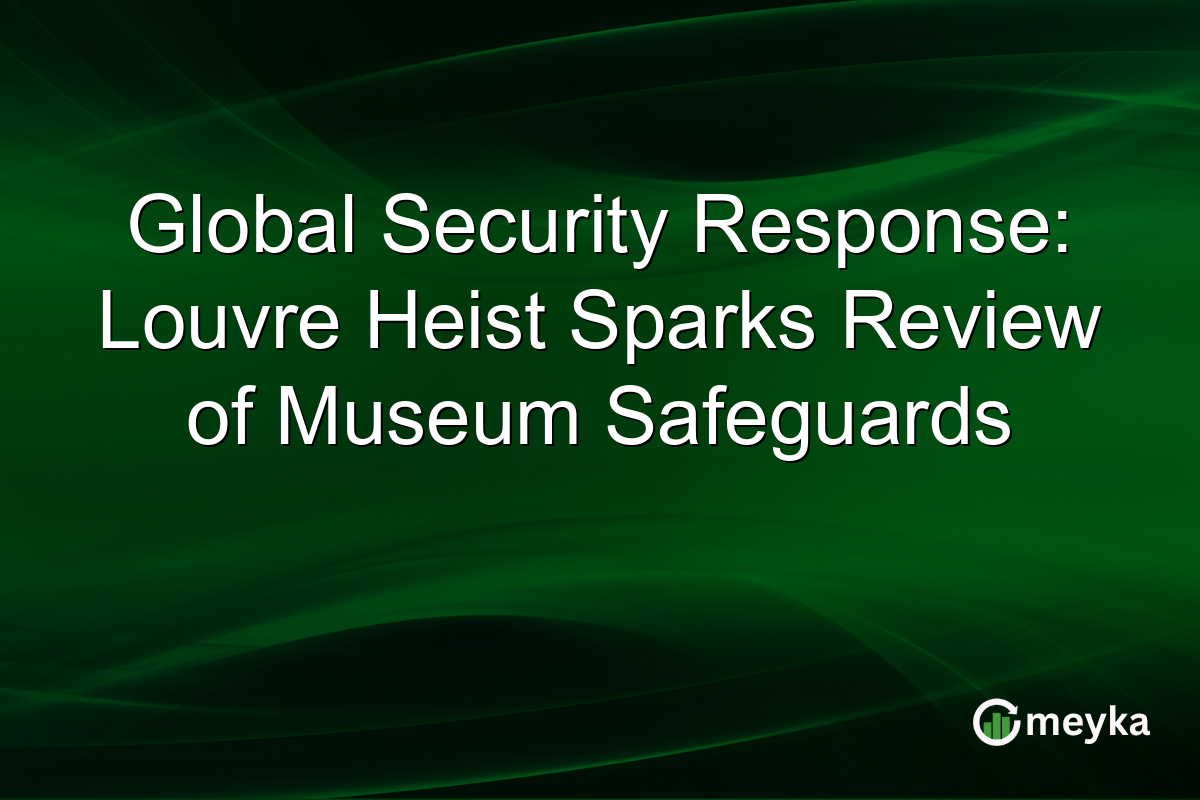Global Security Response: Louvre Heist Sparks Review of Museum Safeguards
The recent Louvre jewel heist has cast a spotlight on museum security worldwide. With thieves making off with priceless jewels, this incident highlighted significant vulnerabilities in museum protections. As global institutions reassess their security measures, the focus is on advancing technology to prevent such breaches in the future.
Louvre Jewel Heist Overview
On October 28, 2025, the Louvre was the scene of an audacious jewel heist that saw thieves evade security systems to steal valuable artifacts. This major breach has rattled both the art world and security experts. Reports from NBC News underscore the outdated security measures that may have allowed such a theft to occur. Law enforcement’s investigation highlights the audacity and precision involved, pointing to an urgent need for enhanced protective measures.
Implications for Museum Security
The Louvre incident serves as a wake-up call for museums globally. Security experts argue that many institutions rely on antiquated systems that don’t deter modern threats. As detailed in CNN, museum security must shift toward advanced technology, including AI surveillance and biometric access controls, to reduce vulnerabilities. Implementing these changes could help protect priceless collections and prevent future incidents.
Global Museum Response and Technological Advancements
Following the heist, museums worldwide are reviewing their security protocols. Many are investing in smart cameras, motion sensors, and AI-driven alert systems. According to the Associated Press, these technologies offer real-time monitoring and predictive analysis capabilities. This proactive approach aims to detect threats before they materialize, ensuring the safety of irreplaceable art and artifacts.
Final Thoughts
The Louvre jewel heist has revealed significant gaps in museum security protocols, necessitating immediate action. Global museums are now prioritizing advanced technology to safeguard their treasures. By upgrading systems and embracing innovations, they aim to thwart potential threats. This response not only protects invaluable collections but also reassures the public about the safety of cultural heritage sites. As institutions implement these changes, they set a new standard for security, emphasizing the importance of staying ahead of emerging risks.
FAQs
On October 28, 2025, thieves broke into the Louvre and stole priceless jewels, bypassing the museum’s security systems. This incident has highlighted significant security lapses and triggered a thorough review of museum protocols worldwide.
In response to the heist, museums are upgrading to advanced security technologies. This includes AI-powered surveillance systems, biometric access controls, and real-time monitoring to prevent future incidents and safeguard artifacts.
Technology offers precise and efficient solutions for security. AI and smart systems provide real-time threat detection and response, making them vital in protecting valuable assets against sophisticated criminal tactics.
Disclaimer:
This is for information only, not financial advice. Always do your research.






